Chef Carlos Altamirano Opens Eponymous Restaurant in San Francisco
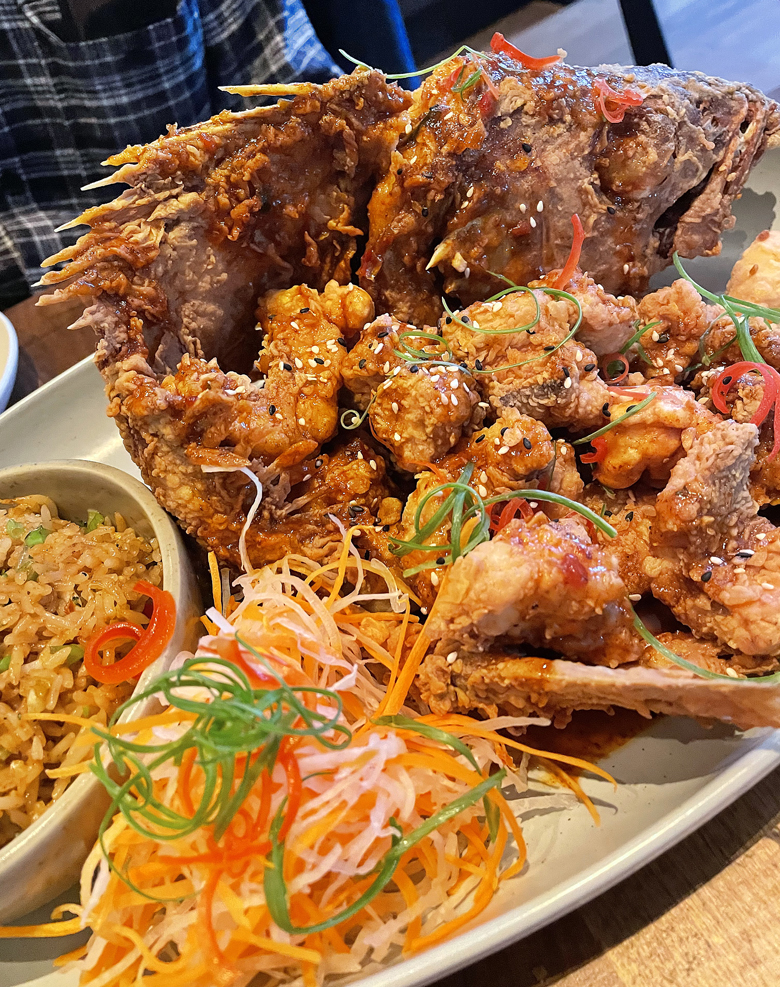
He may already have seven restaurants in San Francisco and the East Bay, but when Chef Carlos Altamirano opened his eighth one two weeks ago, he made this one stand out that much more by anointing it with his own surname.
Altamirano debuted in San Francisco’s Nopa neighborhood to serve contemporary Peruvian fare with California sensibilities. It’s quite the achievement for the Lima-born chef who upon immigrating to San Francisco, talked his way into his first restaurant job as a dishwasher, then quickly rose to line cook.
I had an opportunity to check out the new spot when I was invited in as a guest of the restaurant last week.
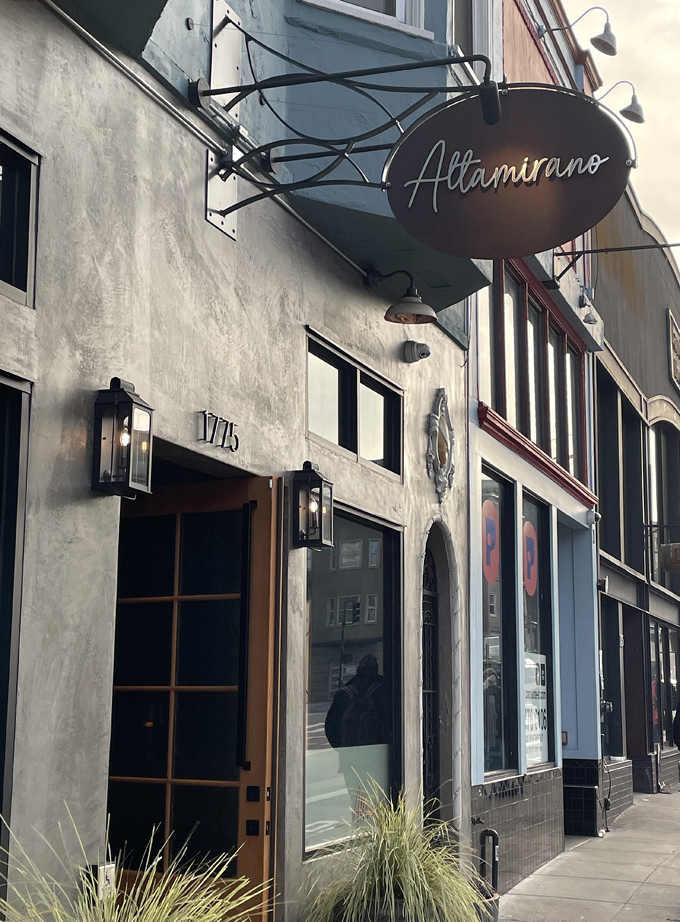
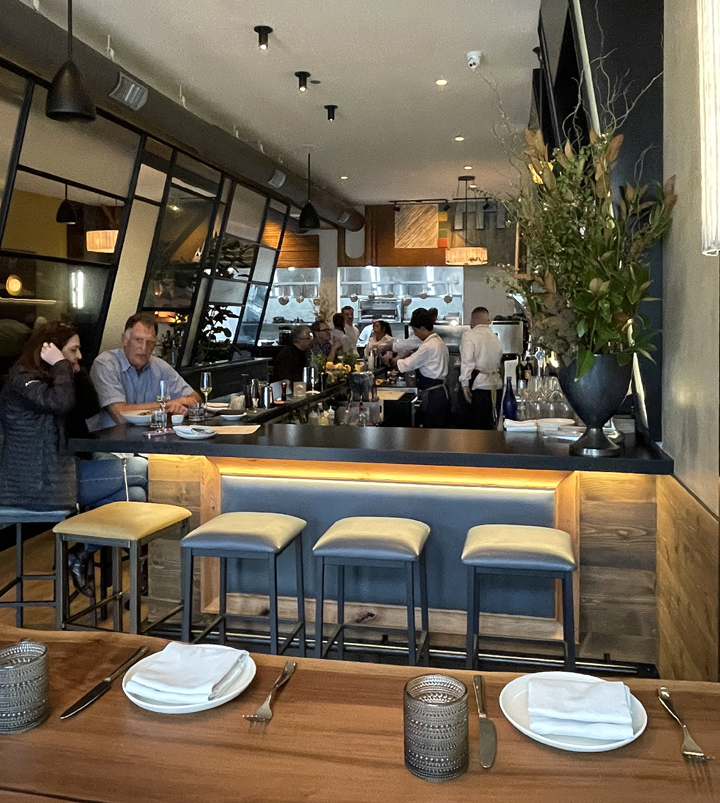
Wood warms up the restaurant with its driftwood sculptural pieces and live-edge host stand, while an angled glass wall the bisects the bar and dining room is meant to evoke an aerial view of Peru’s ancient ruins. Custom restroom doors are laser-cut with designs of Inca masks. There’s a stylish covered outdoor dining patio, too.
Unless you’re seated in a booth in the dining room, just be warned that the two-top tables are set very close together. There’s barely enough room for a person to shimmy sideways between them, so you’re apt to hear your neighbor’s conversation quite clearly whether you want to or not.
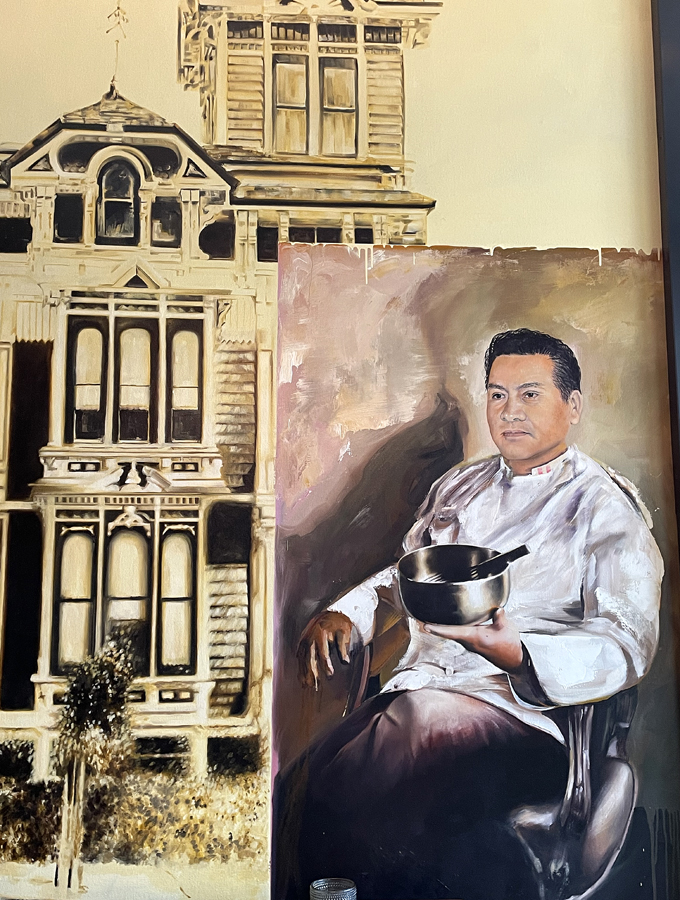
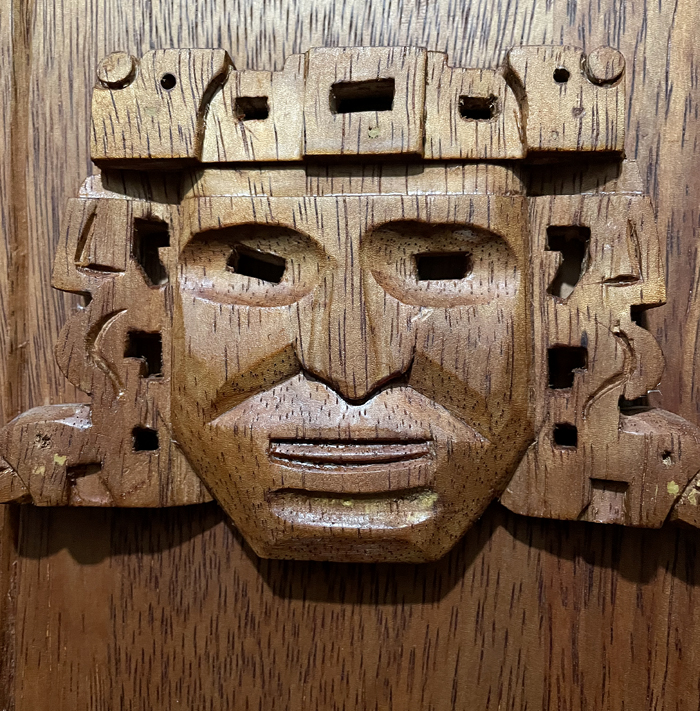
When celebrating all things Peruvian, one just has to enjoy a Pisco, right? Altamirano offers three different ones, including the Chicha Morada ($16) that’s made with pisco, lime, pineapple, and purple corn for a pretty magenta color. The egg white gives the cocktail its requisite foamy top. The taste is a little like hibiscus flowers, with a floral quality but a less aggressive tartness.
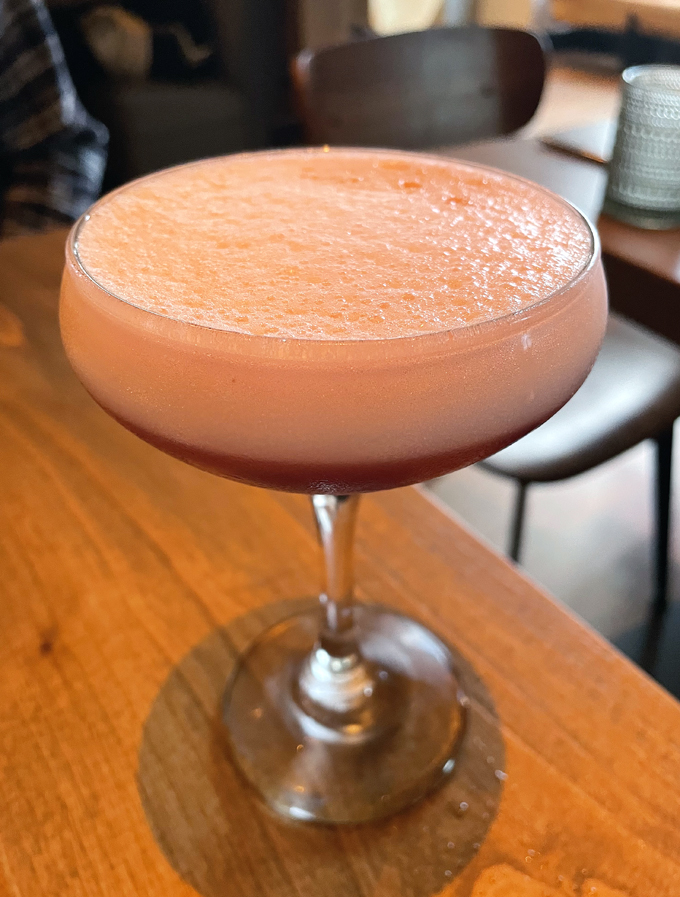
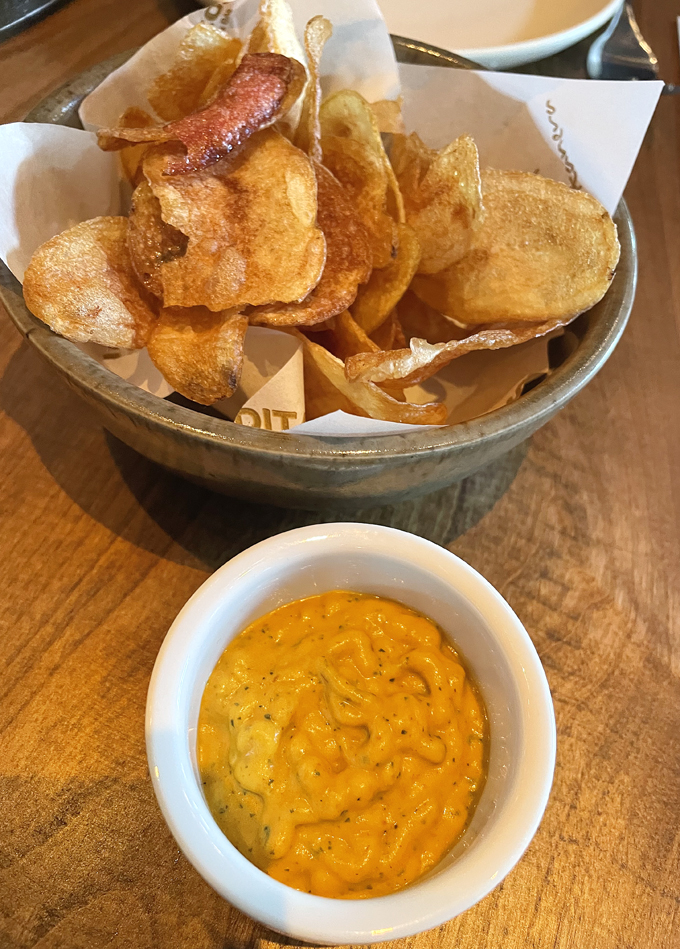
As you look over the menu, house-made potato chips are set down with a spicy, creamy salsa. Don’t be surprised if you polish them off in a heartbeat.
The Sophi sashimi ($23) arrives with a grand presentation — a glass cloche covering the dish that gets lifted to unleash a torrent of smoke that dissipates quickly. The effect is to flavor the seared ahi slices with even more delicious smokiness. There’s even a smoked cilantro oil on top of that. It’s not too much smoke, though. Not when pickled julienned carrots and a passionfruit sauce add zing to cut through it all.
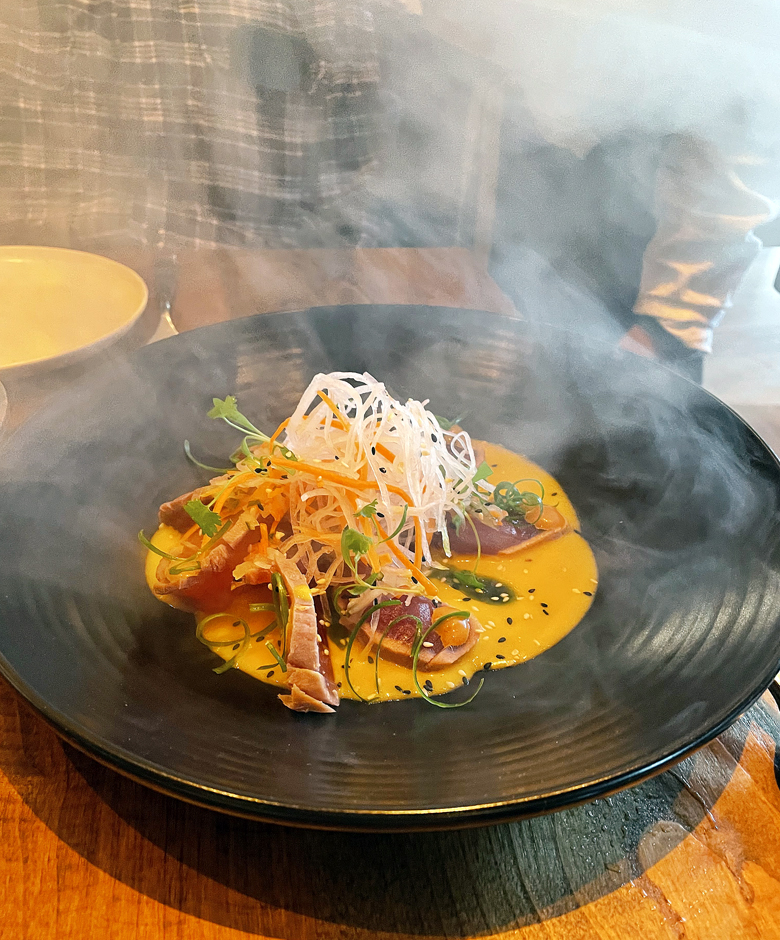
Halibut is often a tricky fish to work with. Cook it a few seconds too long and it’s dry and listless. That’s why the Sunset cebiche ($23) is such a fabulous way to make use of the fish. Cubes of plump halibut get “cooked” just barely in citrus juices. Aji Amarillo adds a fruity and smoky spiciness, while a swipe of sweet potato puree on the edge of the dish offers up a sweet creaminess. A tuille made of chullpi corn adds a delicate crunchiness.
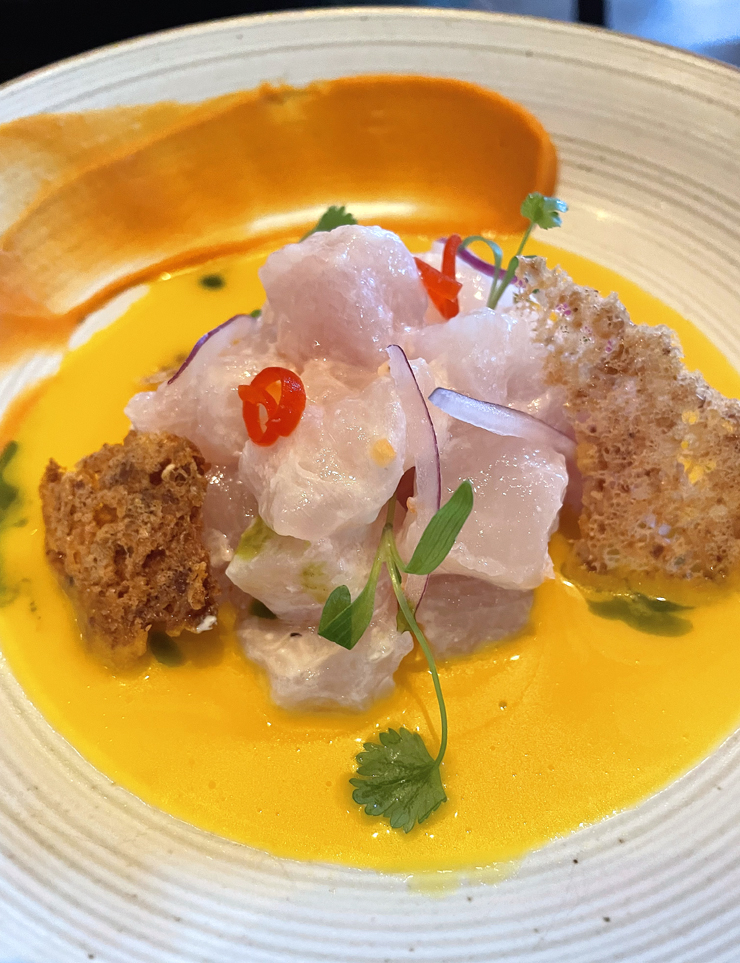
Imagine a lobster roll, but only served in a steamed clamshell bun tinged charcoal by squid ink. That’s the lobster black bao ($18 for two) in a nutshell. Plus, the yuzu-ginger-rocoto pepper mayo gives this lobster bao more personality than just your average mayo.
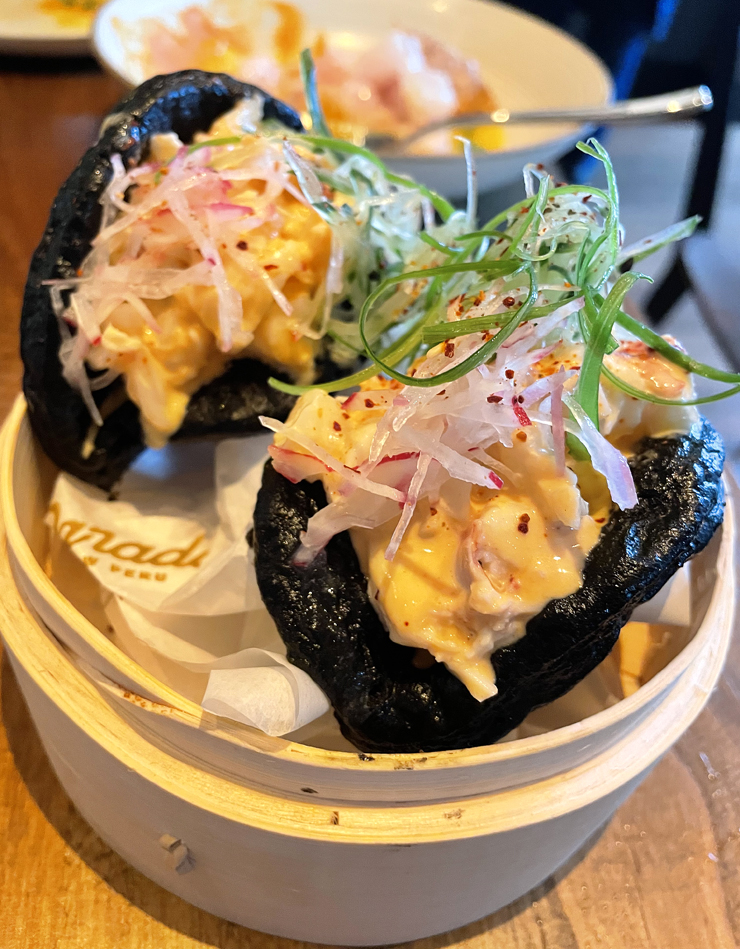
Lomo saltado ($39) is one of Peru’s most popular dishes. It’s reminiscent of Vietnamese shakin’ beef, only with french fries thrown into the mix. Slices of beef tenderloin get stir-fired with tomatoes, red onion, oyster sauces, and thin fries. There’s something so comforting and satisfying about this dish, especially when you enjoy it with fluffy rice mixed with starchy Peruvian corn kernels that comes with.
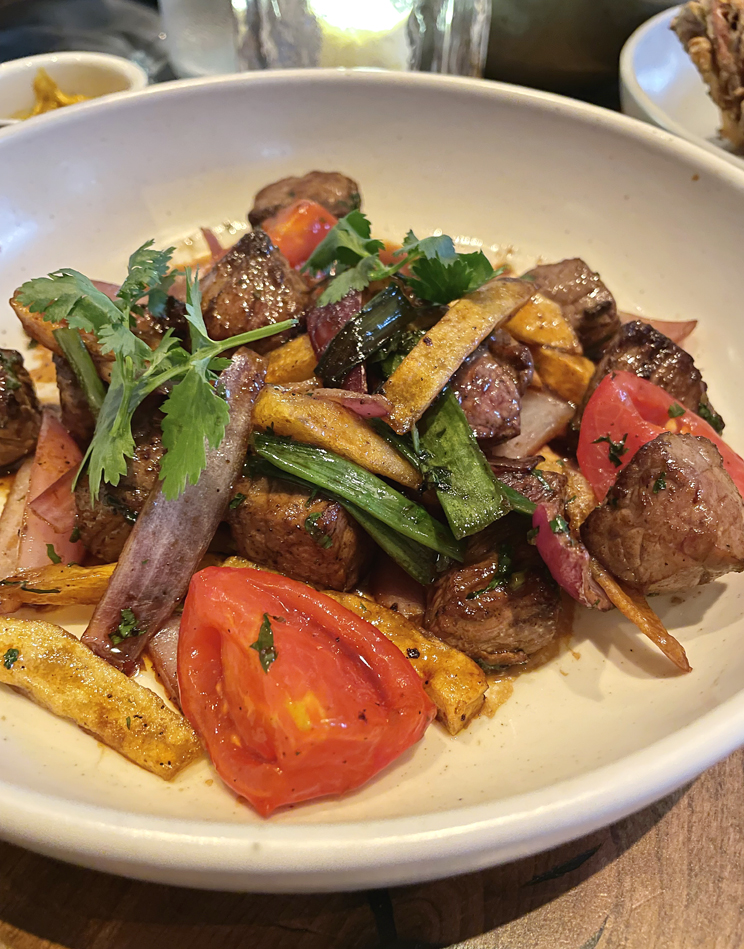
The Pescado Nikkei ($67) is definitely enough for at least two people to share. It’s an entire diablo fish, otherwise known as devil fish because of its rather menacing looking head, that’s deep-fried. The restaurant takes the novel approach in first filleting the fish, and then cutting up the flesh into cubes that get deep-fried along with the carcass. It’s much easier to eat this way, as you pick up manageable crisp cubes with your fork. But don’t neglect the skeleton, as there’s still plenty of meat to pick off of it.
True to its name, the taste of the fish is very Asian-inspired, almost like sweet-and-sour but not gloppy or saccharine in any way. It even comes with the delicious Peruvian version of fried rice.
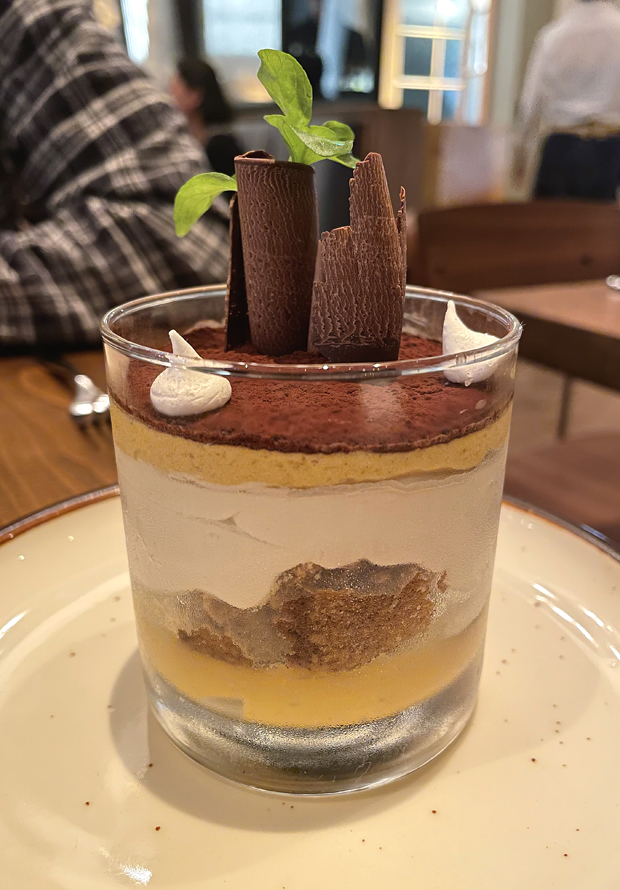
For dessert, there’s a fanciful tiramisu ($16) with chocolate curls and tiny meringue kisses on top that give it the appearance of a Lilliputian forest. House-baked ladyfingers are layered with mascarpone, and lucuma cream made with the tropical fruit that has subtle sweet potato and butterscotch notes. Peruvian espresso powder gets dusted over the top. It’s thick, creamy, and coffee-forward with a tinge of caramel.
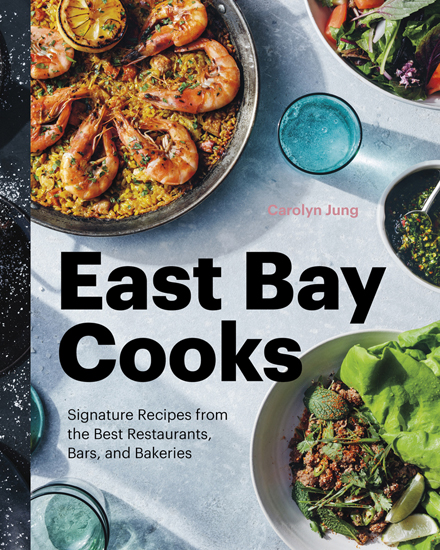
I had the pleasure of working with Chef Altamirano when I wrote my cookbook, “East Bay Cooks.” One of 41 featured chefs in the book, he’s spotlighted for his Barranco restaurant in Lafayette.
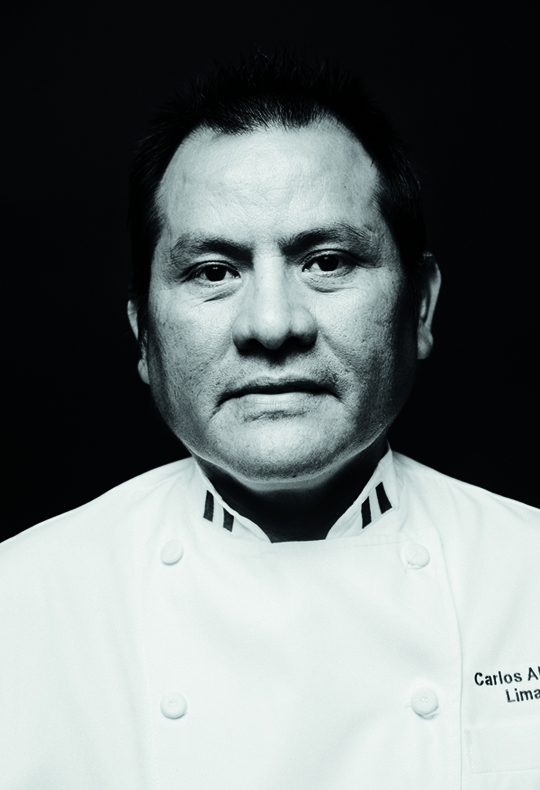
If you’re a fan of his restaurants, you’ll want to check out his recipes in the book for “Cebiche de Pescado” made with halibut, and “Parada Pollo a la Brasa,” a whole roasted chicken rubbed in a flavor bomb of guajillo chiles, garlic, rosemary, red wine vinegar and lemon juice.

What an interesting restaurant where everything you showcased sounds wonderful.
Hi Karen: I love the fruity tang that’s evident in so many Peruvian dishes. I’m glad Chef Carlos has opened another winning place.
Exciting news about Chef Carlos Altamirano’s new restaurant in San Francisco! His innovative take on Peruvian cuisine has always impressed, and I’m eager to see how his vision translates into this new space. The blend of authentic flavors with a modern twist sounds like a winning combination. Can’t wait to check it out next time I’m in the city—thanks for sharing all the details!
Hi Jess: You can’t go wrong there. The food is bold and flavorful.